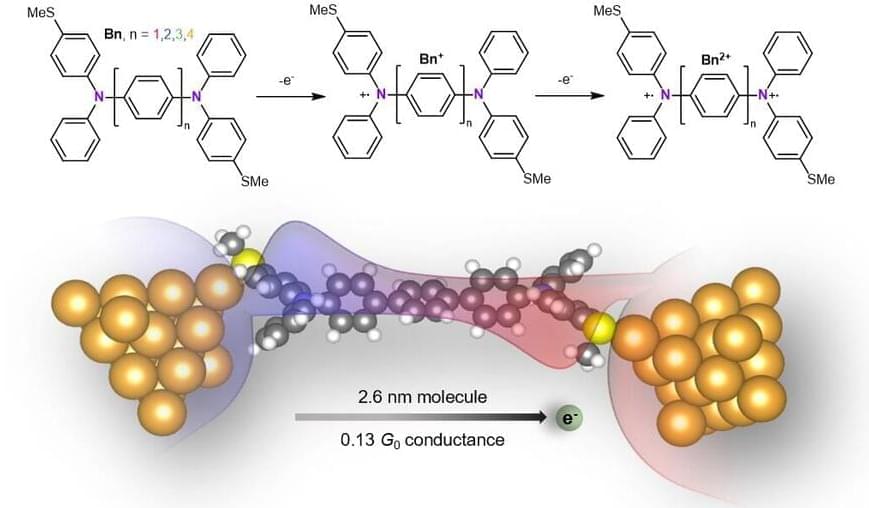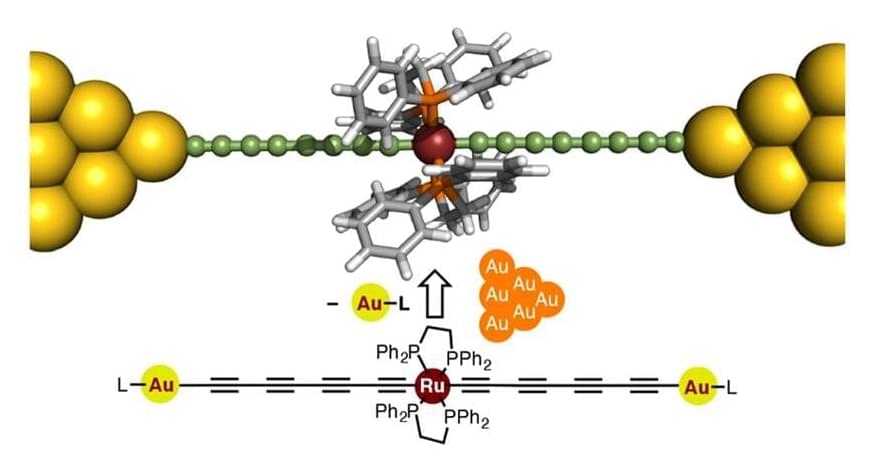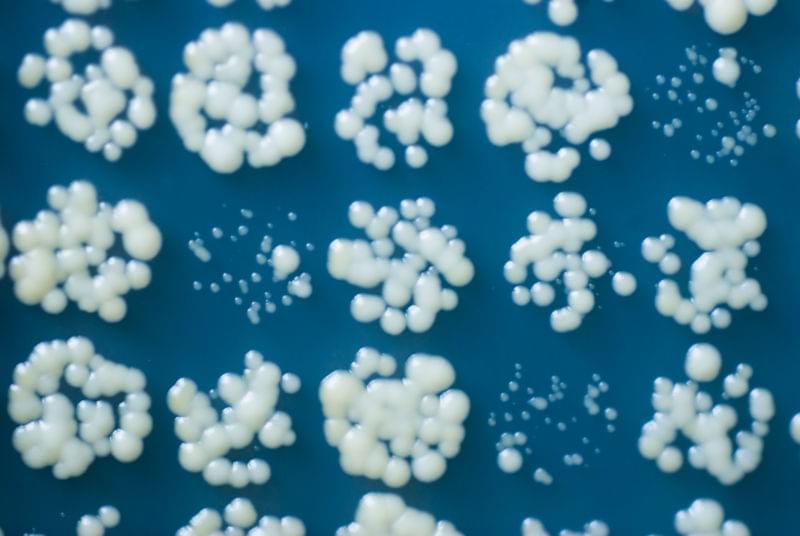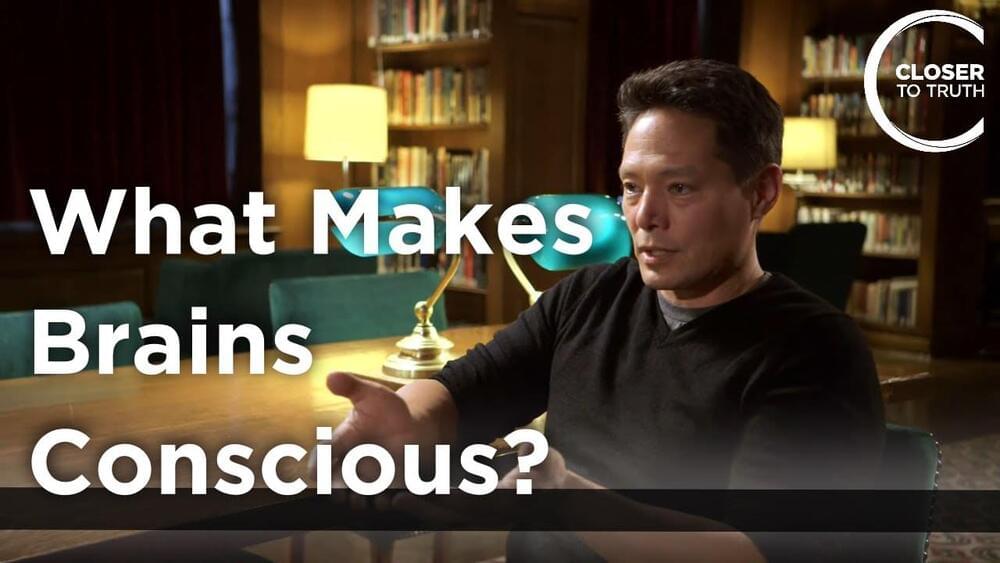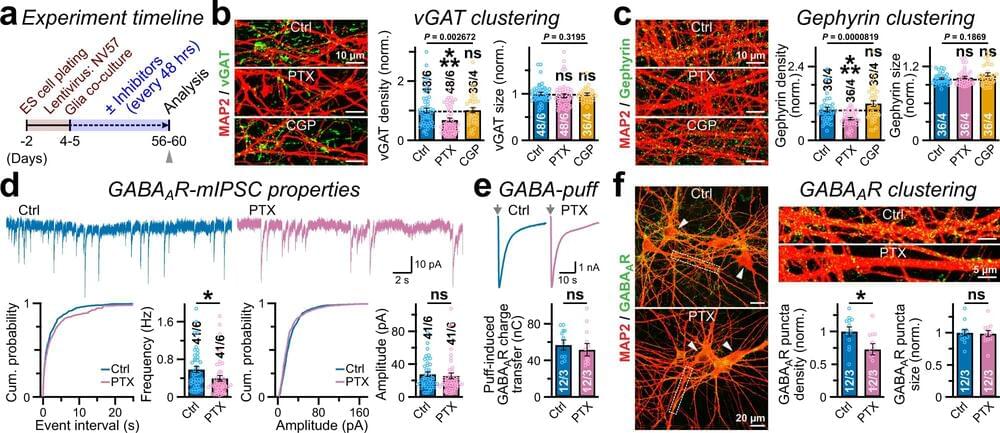Jul 11, 2022
“Brain” on a Chip — Toward a Precision Neuroelectronic Interface | Hongkun Park | TEDxKFAS
Posted by Dan Breeden in categories: bioengineering, biotech/medical, chemistry, cyborgs, nanotechnology, neuroscience, quantum physics
Brain-machine interfaces (BMIs) are devices that enable direct communication/translation between biological neuronal networks (e.g. a brain or a spine) and external machines. They are currently being used as a tool for fundamental neuroscience research and also for treating neurological disorders and for manipulating neuro-prosthetic devices. As remarkable as today’s BMIs are, however, the next generation BMIs will require new hardware and software with improved resolution and specificity in order to precisely monitor and control the activities of complex neuronal networks. In this talk, I will describe my group’s effort to develop new neuroelectronic devices enabled by silicon nanotechnology that can serve as high-precision, highly multiplexed interface to neuronal networks. I will then describe the promises, as well as potential pitfalls, of next generation BMIs. Hongkun Park is a Professor of Chemistry and Chemical Biology and a Professor of Physics at Harvard University. He is also an Institute Member of the Broad Institute of Harvard and MIT and a member of the Harvard Center for Brain Science and Harvard Quantum Optics Center. He serves as an associate editor of Nano Letters. His research interests lie in exploring solid-state photonic, optoelectronic, and plasmonic devices for quantum information processing as well as developing new nano-and microelectronic interfaces for living cells, cell networks, and organisms. Awards and honors that he received include the Ho-Am Foundation Prize in Science, NIH Director’s Pioneer Award, and the US Vannevar Bush Faculty Fellowship, the David and Lucile Packard Foundation Fellowship for Science and Engineering, the Alfred P. Sloan Research Fellowship, and the Camille Dreyfus Teacher-Scholar Award. This talk was given at a TEDx event using the TED conference format but independently organized by a local community.

